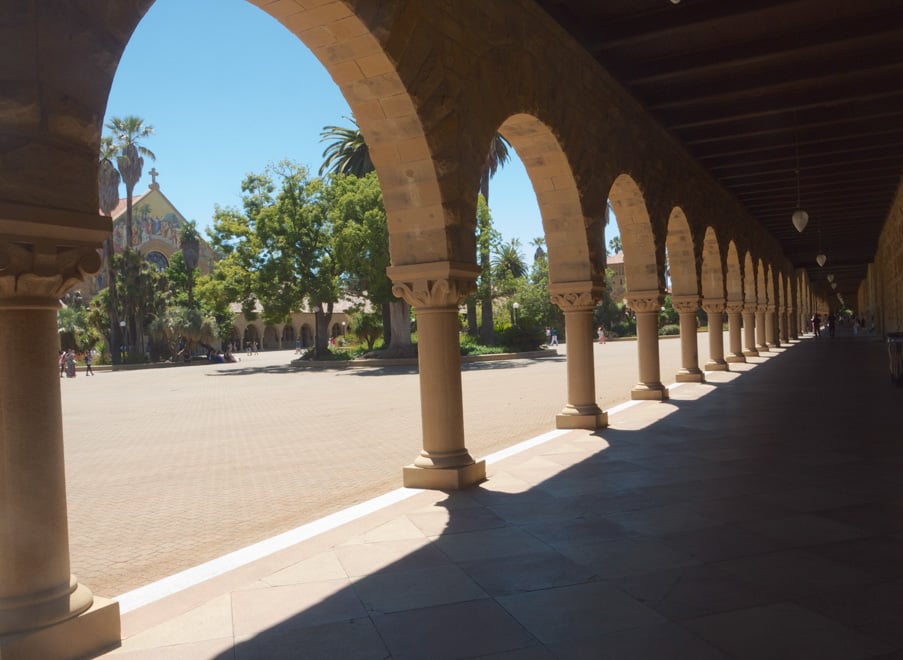The Board of Trustees focused on approval of facilities projects, graduate student concerns and consideration of Fossil Free Stanford’s proposal for University divestment from oil and gas corporations in a series of meetings over the past two days, according to board chair Jeff Raikes ’80.
Campus development
The board approved the design for the next phase of development at the Redwood City campus, which currently serves as the workspace for 2,000 University employees, and an expansion of the chilled water system on campus, following chilled water curtailments during periods of high heat last year, Raikes said.
He said the board also discussed the Graduate School of Education (GSE) project to renovate the main GSE building and construct a second adjacent building, which would create a “cohesive campus” for the GSE.
“A part of what we aspire to in long-range planning is how we can transform learning,” Raikes said. “And obviously the Graduate School of Education is an important part of that.”
Diversity, affordability, community
The board also met with the deans of several of Stanford’s schools to discuss graduate education, Raikes said. According to Raikes, graduate students and postdoctoral scholars comprise 63% of the student population, and among private, nonprofit U.S. universities, Stanford graduates the most Ph.D. students.
At the meeting, Vice Provost for Graduate Education Stacey Bent discussed three fellowship programs designed to increase teaching diversity: the Diversifying Academia, Recruiting Excellence (DARE) Doctoral Fellowship Program; the Stanford Postdoctoral Recruitment Initiative in Sciences and Medicine (PRISM); and the Enhancing Diversity in Graduate Education (EDGE) Doctoral Fellowship Program.
Raikes said the board also discussed measures to alleviate affordability challenges reported by graduate students and postdoctoral fellows. He pointed to efforts to increase aid to graduate students and raise minimum postdoctoral salaries.
The Escondido Village Graduate Residences (EVGR), which will house over 2,000 graduate students and is set to be completed in 2020, could alleviate the cost of housing for graduate students, according to Raikes.
“The costs of graduate education are increasing,” he said. “We need to be doing more to keep pace.”
Raikes said the board heard from a panel of four graduate students and postdoctoral fellows. In addition to expressing affordability concerns, he said the panel mentioned concerns about finding community on campus.
“Stanford is a very big, beautiful, fabulous space, which means sometimes it’s hard to create those centers where graduate students can come together and form community,” Raikes said.
Board considers divestment
Raikes said the board had received a proposal from Fossil Free Stanford — a student group advocating for Stanford to divest from fossil fuel companies — for the board to divest from oil and gas companies. Divestment would involve both the removal of investment from such companies and a pledge not to invest in the future should the companies become profitable. In 2014, the board divested from thermal coal companies.
Raikes said the board has met with students, faculty and members outside of the Stanford community, including the chief investment officer of the University of California, to discuss the proposal.
“The board will continue its dialogue, both with the proponents and other experts,” Raikes said. “We expect the board to make a final decision on the proposals before the end of the academic year.”
